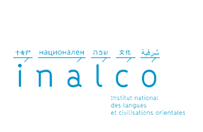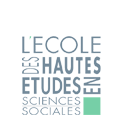
Religious Mobilities in Asia: New networks for New Religious Spaces ?
Inalco, rue des Grands Moulins
Convenors:
Zhe JI (Assoc. Prof. Inalco, Paris)
The concept of mobility has emerged as a new framework that challenges the sedentary and territorial precepts of twentieth century social sciences (Urry 2006; Sheller 2011; Chu 2010; Basu & Coleman 2008). From a traditional social scientific perspective, travel has largely operated as a black box, a neutral set of technologies and processes predominantly permitting forms of economic, social and political life that are seen as explicable in terms of other, more causally powerful processes (Urry 2006, 4). The emerging literature in Mobilities challenges this model by focusing on how material and human circulation interact with the technologies that make it possible. A focus on mobility problematizes models that see stability and place as the ‘natural’, anchored state of things and mobility as the exception. Moreover, movement and flux cannot be exclusively related to globalization and postmodernity, they need to account for other dynamics that shape the material world.
The growing body of academic work emerging from the Mobilities paradigm has mainly concentrated on labor and financial flows, and to a lesser extent on the circulation of entertainment, consumer products and social remittances. Through this workshop, we aim to bring the methodological insights and conceptual developments proposed from the Mobilities literature, to shed light on the embodied and material aspects of religious circulation. Research focused on circulation in the context of pilgrimage, missionary work and scriptural texts has acknowledged the material, financial and cultural aspects of these movements, yet they have mainly approached them as byproducts of what is considered ‘religious circulation’ proper. Our initiative challenges the hierarchical subordination of material religion to the preeminence of scriptures and pilgrimage, and aims to look at religious objects and the world they create when circulating across Asia.






